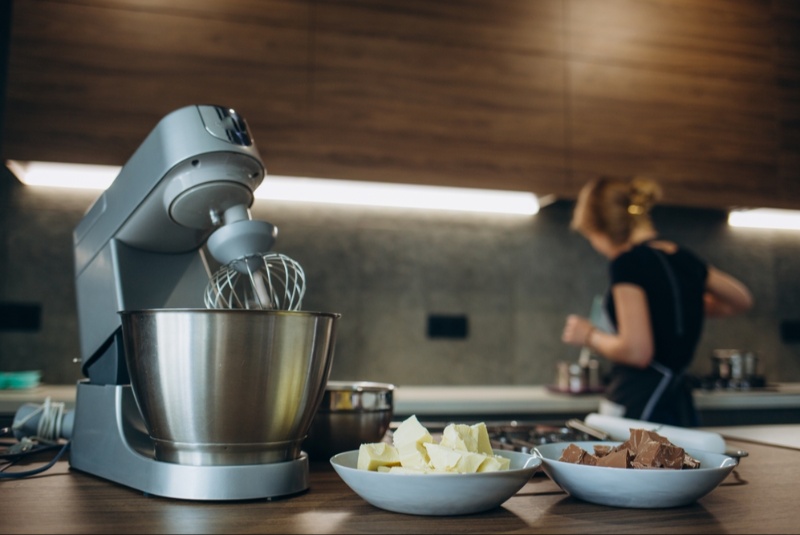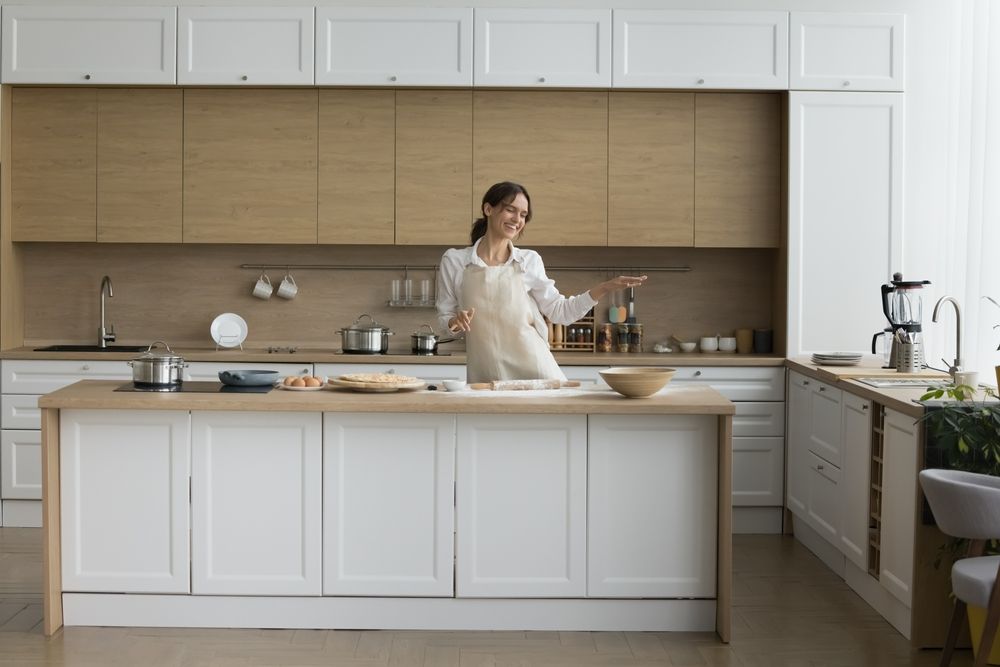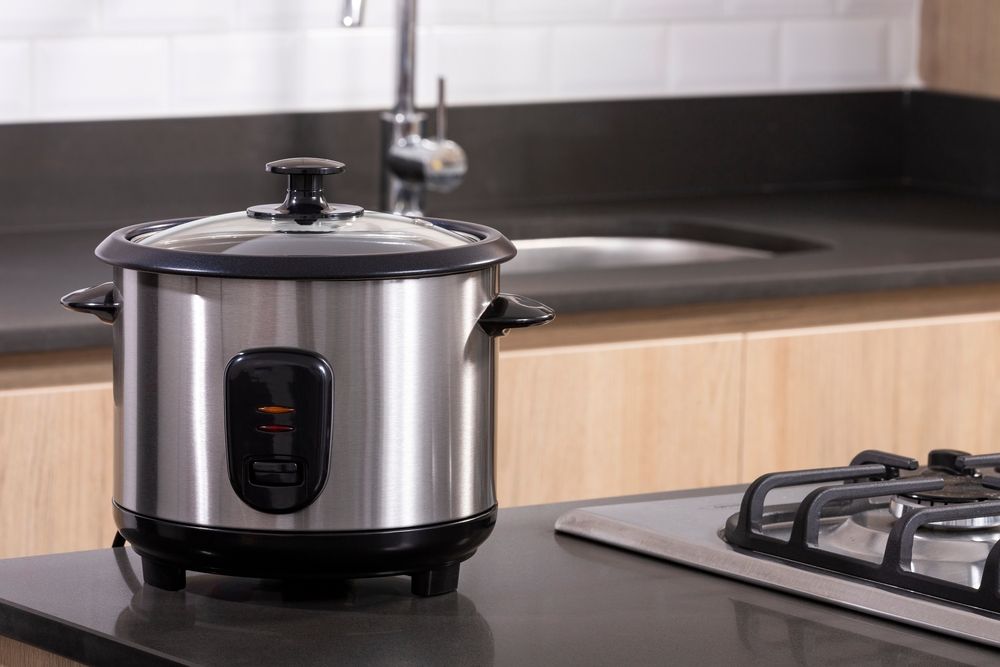Designing a child’s room is one of the most exciting home projects—but it can also be surprisingly expensive. Between themed furniture, toys, bedding, and storage, costs can spiral quickly. The good news? You don’t need to spend a fortune to create a fun, functional, and beautiful space your child will love. With a little planning and creativity, you can design a kid-friendly room on a budget that grows with your child.
Here’s how to do it right—without overspending.
Plan with Flexibility in Mind
Kids grow fast—and so do their preferences. Designing a room that can adapt over time is one of the smartest ways to save money.
Instead of going all-in on a specific theme (like dinosaurs or princesses), keep the foundation of the room neutral and use inexpensive accessories to introduce favorite characters, hobbies, or colors. That way, when their interests change—as they will—you can update a few items rather than doing a full makeover.
Tips:
-
Stick to neutral paint colors on walls
-
Use themed bedding, pillows, or art instead of permanent furniture
-
Choose furniture that works from toddler to tween (like adjustable beds or modular storage)
Set a Budget—and Stick to It
Before buying anything, decide how much you want to spend. Break it down into categories like furniture, paint, storage, bedding, and décor.
Prioritize items that will get the most use or have the longest lifespan. For example, it’s worth investing more in a solid bed or dresser, while you can save on items like wall art or rugs.
Budget-saving tricks:
-
Buy secondhand or refurbished items
-
Wait for seasonal sales or use cashback apps
-
Look for bundle deals on furniture sets
Use Paint to Transform the Space
One of the easiest and most affordable ways to update a room is with paint. A fresh coat can instantly make a space feel cleaner, brighter, and more personalized.
Instead of expensive wallpaper or custom murals, try fun and budget-friendly alternatives:
-
Use painter’s tape to create geometric shapes or stripes
-
Add chalkboard or dry-erase paint to one section for creativity
-
Create an accent wall in a bold color your child picks
Paint is inexpensive, and you can always change it later as your child grows.
Choose Budget-Friendly Furniture
You don’t need designer furniture to make a room feel stylish and comfortable. Kids are rough on furniture anyway, so it’s often smarter to choose practical, affordable pieces.
Ideas to save:
-
Repurpose furniture from other parts of the house
-
Look for used items online or in thrift stores
-
Paint or refinish basic wooden furniture for a custom look
Items like cube organizers, bookshelves, and small desks can often be found on sale or secondhand—and they offer tons of storage and flexibility.
Create Smart Storage Solutions
Clutter can take over a kid’s room fast. The key is to make storage easy for your child to use—bins, shelves, drawers, and hooks that are low enough for them to reach.
Affordable storage tips:
-
Use colorful bins or baskets in open shelves
-
Hang fabric organizers on closet doors
-
Stack clear containers for toys and art supplies
-
Label boxes or bins with pictures for younger kids
Functional storage makes cleanup easier and teaches kids to stay organized.
Get Creative with Bedding and Linens
Instead of splurging on matching bed sets, mix and match budget-friendly sheets, pillowcases, and blankets. Look for sales, discount stores, or even fun handmade options from local sellers.
To keep things fresh, buy a few pillow covers or a reversible comforter that can change the look with the season or your child’s mood.
Fun bedding is an easy, affordable way to reflect your child’s personality without permanent commitment.
Add Personality with Inexpensive Wall Décor
Wall art doesn’t have to be expensive to make an impact. Some of the most charming kids’ rooms feature DIY projects or budget finds.
Affordable ideas include:
-
Framed drawings or paintings by your child
-
Printable art or posters in simple frames
-
Removable wall decals or stickers
-
String lights with hanging clips for photos or cards
Creating a gallery wall with different-sized frames and art your child loves is a fun project you can do together—and it’s easy to update as their tastes evolve.
Upcycle and DIY for Unique Touches
A little DIY can stretch your budget while adding one-of-a-kind elements to the room. Look around your home—you might already have materials to work with.
DIY project ideas:
-
Repaint or stencil an old dresser
-
Turn crates into wall-mounted bookshelves
-
Make your own curtain tiebacks or headboard
-
Customize lampshades or bulletin boards with fabric
Not only will this save you money, but it’s also a great way to involve your child in the design process and build something together.
Think Multi-Purpose
Furniture and accessories that serve more than one purpose help save both space and money.
Smart multitaskers:
-
Storage ottomans that double as seating
-
Beds with built-in drawers
-
Desks that can also serve as craft tables
-
Bookshelves that act as room dividers
If you’re working with a small room, these choices can maximize the functionality without the need for extra purchases.
Lighting Can Make a Big Difference
Lighting is often overlooked but can completely transform the feel of a room. You don’t need fancy fixtures—just a mix of soft and functional lighting.
Budget-friendly lighting tips:
-
Add a night light or string lights for ambiance
-
Use a floor lamp or desk lamp for reading
-
Swap out an old ceiling fixture with a fun shade
You can even buy inexpensive plug-in wall sconces that give a designer look without requiring an electrician.
Keep It Safe and Age-Appropriate
No matter your budget, safety should always come first. Anchor heavy furniture to the wall, choose non-toxic materials, and avoid sharp edges or choking hazards.
As your child gets older, the room can “grow up” too—but the foundation should always be secure, functional, and clutter-free.
Keep in mind:
-
Use washable paints and bedding
-
Avoid tall shelves or breakables in reach of toddlers
-
Leave floor space open for play and movement
Safety doesn’t have to be expensive—it just requires thoughtful planning.
Designing a kid’s room doesn’t mean you have to empty your wallet. With a bit of creativity, smart shopping, and a willingness to repurpose or DIY, you can create a space that your child will love—and that works for your budget.
Whether it’s adding bright colors, clever storage, or personalized touches, even the smallest upgrades can make a big difference. Focus on comfort, function, and flexibility—and you’ll build a room that adapts as your child grows, without needing a major redo every year.




